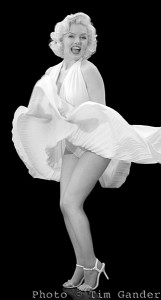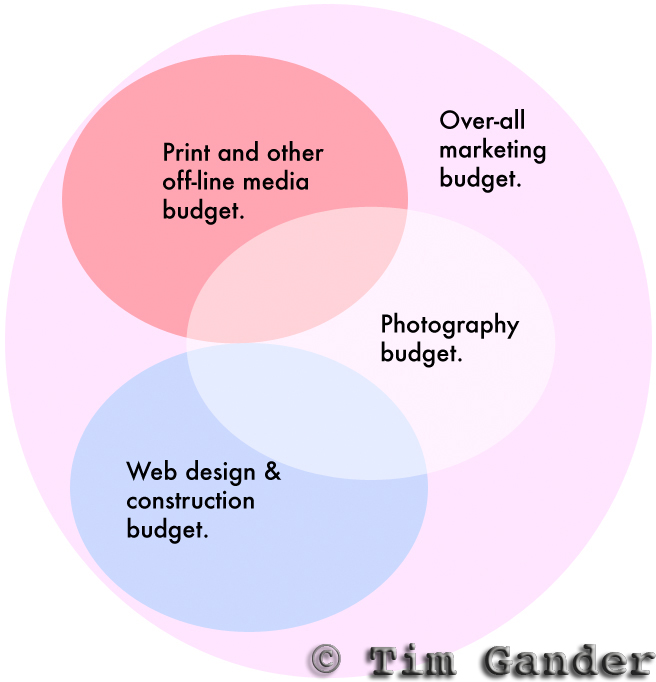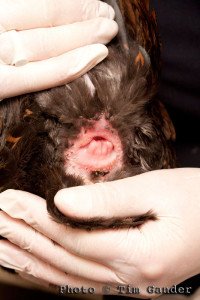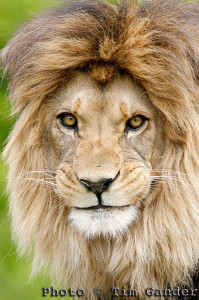“If bylines were money, I’d have paid off the mortgage by now” so the saying I just made up goes.
Last week somebody emailed me saying they’d seen a photo on my blog which they liked, and could they reproduce it in their magazine. Of course they couldn’t pay me, but I’d get a byline next to the photo.
While trying to hammer out this article I received an email from someone else, working for a large representative trade body, asking if they could use one of my photos in a report. Again, payment would be in the form of “Photo by Tim Gander.”
I’m going to hazard a guess that there are people out there who live in a world where they work hard, but for no money whatsoever. They don’t need to because in the night while they’re asleep, the food fairies come and stock the fridge; the pixies and the mice come and sew beautiful clothes and shoes for them, working until their teeny tiny fingers bleed, so that when the magazine editor and the corporate communications director come down to a breakfast of fairy-baked muffins and Fairtrade coffee, everything they need is there for them. And they can leave the house they built out of hugs and smiles, drive to the office in the car that runs on love and angel wings, to put in another day’s unpaid graft.
This must be the case, because they assume I can work for free too. Unfortunately (despite my excellently fairytale surname) I don’t own a goose that lays golden eggs. My house isn’t visited in the night by waistcoated mice with sewing needles and bolts of beautiful yarn.

A favourite request is for this Monroe lookalike shot.
Here’s the problem I have; I tried offering a brown envelope stuffed with bylined cuttings to my bank manager to pay off some of the mortgage, but apparently these are no longer considered legal tender in this country. They must have been once because the byline seems such a popular form of payment. Don’t get me wrong, bylines are nice but few people look at them, and they very rarely bring in new work. They do more for the photographer’s ego than his/ her bank balance.
A byline shouldn’t be seen as an alternative to payment. And the way web theft is going, I would go as far as to say that crediting the photographer in online use should become mandatory in all but the most tightly defined exceptions.
Personally, I love to help people whenever I can, but I can’t afford to give my work away for free. I don’t know anyone who can, and certainly not at the frequency with which these requests come to me. I’d also risk the wrath of fee-paying clients who have bought licences to my images.
I suppose I should be grateful that some people are still honest enough to ask, rather than just going ahead and stealing the photo and using it anyway. If you want a textbook example of wholesale copyright theft and its consequences, read up on the case of EPUK v LPA as it highlights the schism between what some people believe is perfectly acceptable netiquette, and what right-thinking people would view as theft. That story is still rumbling on, so I’ll leave it there as a festering reminder of what happens when people nick stuff off the web.
In the meantime, I’ll be happy that people ask me if they can use my work, so long as they’re not offended when I say yes, but not for free. Last time I checked, Tesco don’t accept my bylines either.









